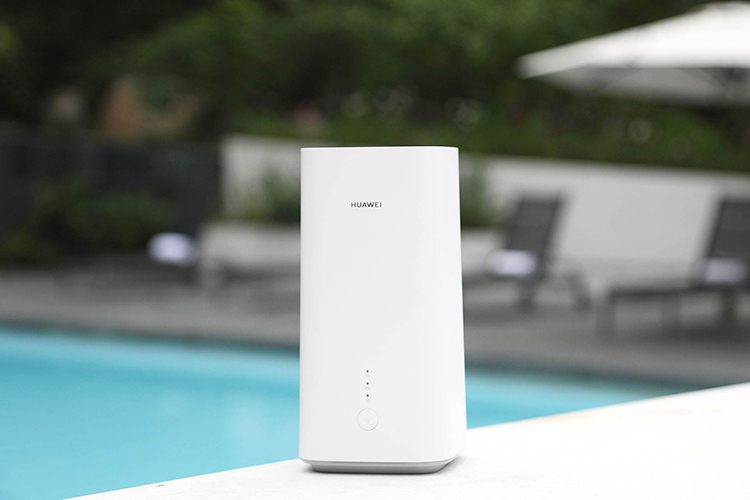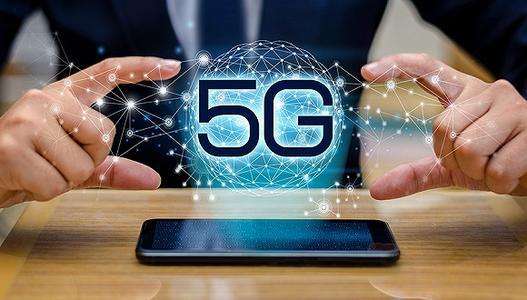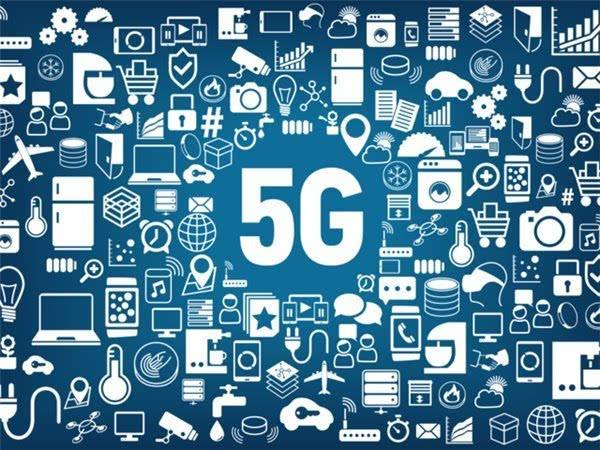
Now, 5G network is more and more popular. Many hardware companies are going to provide more 5G devices for our end-users. Besides 5G smart phones, are there other types of 5G Devices?
The answer is yes.
The application of 5G networks is not limited to mobile phones, and everything in the future can be transmitted through 5G networks.
The premise of achieving all these functions is inseparable from the baseband processor. Take Huawei as an example. The baseband processor mentioned here refers to Huawei’s Baron 5000.
What is the baseband processor?
The baseband processor is used to synthesize the baseband signal to be transmitted or to decode the received baseband signal. Specifically, when transmitting, the audio signal is compiled into a baseband code for transmission; when receiving, the received baseband code is interpreted as an audio signal. At the same time, it is also responsible for the compilation of address information (mobile phone number, website address), text information (text, website text), and picture information. The baseband processor is the core part of the whole mobile phone.
Now, let’s learn other types of 5G devices.
Applications of Home
At present, the home broadband of individual users is accessed through the operator’s fiber in a wired manner.
When the 5G network becomes popular, wireless connection can be achieved through CPE equipment, and the cable restrictions are now bid farewell; The CPE device has a built-in baseband processor, and performs data transmission with the 5G network through the baseband chip.
There are many ways to achieve this, such as the products just shown at the Huawei press conference: Indoor CPE equipment, outdoor CPE equipment (waterproof, lightning protection), and 5G portable WiFi equipment.

Application of Mobile Terminal
In addition to mobile phones, our common tablets, mobile notebooks and other devices.
Both can build baseband chips into mobile devices to achieve 5G network communication.
In particular, the video surveillance equipment in remote areas will greatly improve work efficiency through wireless means.
5G networks have the characteristics of low delay. A delay of only 1ms will greatly improve the network quality.
In the future, the connection of cables will be completely avoided, and wireless networks will be realized.

Application of Smart home, medical, driving
In the Future, smart homes, smart medical treatments and smart driving can all be realized through baseband processors.
Air conditioners, TVs, refrigerators and other in smart homes can be networked and remotely controlled.
Intelligent medical treatment, each person can upload personal physical condition to the data platform at any time through the smart bracelet, real-time analysis.
Intelligent driving utilizes the high-speed transmission of 5G networks to monitor the road surface and complete intelligent driving operations.

The application of 5G networks will be more extensive in the future, waiting for you and me to discover together.
Related Topics:
5G vs. WiFi 6: Should they have a win-win cooperation?
9 Benefits that 5G Can Provide while 4G Can’t



